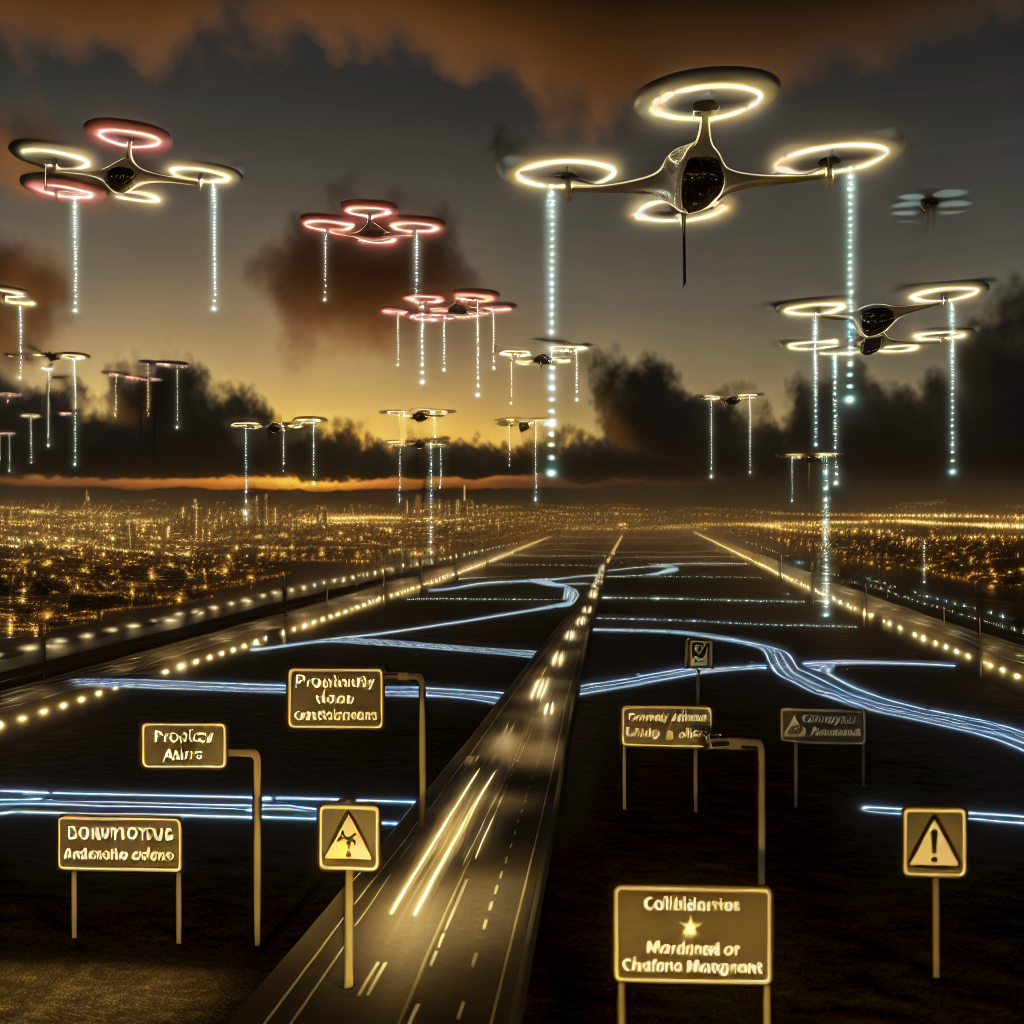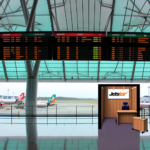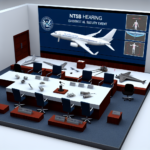As aviation professionals gear up for the Paris Air Show 2025, the focus on sustainable flight has become a pivotal point in industry discussions.
Recent research indicates that the advent of electrification in aviation is not merely a long-term aspiration. As outlined in a report by The Business Research Company released in May 2025, the aircraft electrification market is anticipated to experience substantial growth, potentially reaching $11.85 billion by the year 2029.
This shift towards electrification promises to transform aircraft operations, often in ways that passengers may not consciously recognize. For travelers, this translates into quieter cabins, smoother takeoffs and landings, and enhanced air quality. For airlines, electrification offers advantages such as reduced maintenance costs, lower rates of mechanical failures, and heightened operational efficiency.
Can electrification solve aviation’s emissions problem?
Aviation is recognized as one of the more carbon-intensive modes of transportation per passenger-kilometer. A return journey from London to New York produces emissions comparable to the annual heating needs of an average European household, as highlighted in a 2018 study by Atkins Realis.
While the number of individuals opting for air travel remains relatively small compared to other transportation methods, the demand for air travel is surging rapidly. Consequently, the aviation industry’s role in exacerbating climate change is likely to increase significantly in the upcoming decades.
A recent investigation published by ScienceDirect identified that one effective strategy for diminishing emissions in the aviation sector includes the incorporation of new propulsion systems, such as electrification, alongside innovations in routing practices, alternative aviation fuels, and modern aircraft designs.
Moreover, electric propulsion isn’t the only focus; electrifying auxiliary systems like flight controls, braking, and cabin pressurization is equally crucial for reducing weight and enhancing fuel efficiency.
Collins Aerospace is leading the charge in exploring these avenues. In a discussion with AeroTime prior to the Paris Air Show 2025, Todd Spierling, Principal Technical Fellow of Power & Controls at Collins, underscored how electrification is fostering innovations that improve fuel efficiency while lowering maintenance expenses.
“Electrification can involve utilizing electricity for functions traditionally powered by hydraulics or compressed air, including aircraft pressurization, temperature control, and landing gear operation,” Spierling stated. “This also encompasses propulsion electrification, where electricity either substitutes or works alongside fuel-burning engines.”
However, Spierling cautioned that the journey towards aircraft electrification is fraught with significant technological challenges, particularly concerning weight management, energy density, and thermal management requirements, as aircraft components must remain lightweight and energy-efficient.
Collins Aerospace initiated its efforts in aircraft electrification over two decades ago. Spierling pointed out the company’s contributions to the field with the ‘More Electric’ 787 project, which focuses on substituting traditional hydraulic and pneumatic systems with electrical alternatives on the Boeing 787 Dreamliner.
In fact, according to Collins Aerospace, they produce “the only bleed-less electric environmental control system currently in operation for the Boeing 787 Dreamliner.” This pioneering design introduces fresh air into the cabin via electric compressors that regulate air temperature.
“Electrification can transform aviation by unlocking new markets in urban air mobility, rejuvenating regional air services, and significantly cutting down fuel consumption and operational expenses for airlines,” Spierling noted.
The pros of going electric
To bolster this electrification initiative, Collins Aerospace has recently inaugurated two state-of-the-art facilities in Europe: an advanced engineering center of excellence in Wolverhampton, UK, and a production line for electric thrust reverser actuation systems (elecTRAS) in Colomiers, France.
Electrified aircraft are designed with fewer moving parts in comparison to conventional engines. This increased efficiency and reduced mechanical complexity lead to less downtime and more predictable maintenance schedules, according to Spierling.
“As a result, aircraft spend less time undergoing repairs and more time in the air, ultimately enhancing the operational capacity of airlines,” he elaborated.
What does electrification mean for passengers?
Passengers may not be intimately familiar with the technical intricacies of electrified aircraft, but Spierling believes they will certainly enjoy the myriad benefits these advancements offer.
From a technical perspective, the enhanced electrical power facilitates the more efficient functioning of essential aircraft systems including cabin pressurization, climate control, and flight controls, ultimately enhancing passenger experience.
“These advancements maintain a comfortable atmosphere in the cabin throughout the flight,” he remarked, “while the more agile flight controls contribute to a seamless and pleasant travel experience for passengers.”
For instance, in the case of the Boeing 787, the inclusion of a Collins electrified environmental control system leads to a decrease in cabin altitude and an increase in fresh air supply, greatly improving passenger and crew comfort.
Such tangible enhancements are vital in enriching passengers’ journeys, making electrified aircraft increasingly desirable options. Additionally, quieter aircraft are essential for air travel in urban settings, encouraging better urban and regional air mobility.
“Electrified aircraft have the potential to operate in areas subject to strict noise limitations, thereby opening new markets and fostering broader acceptance of air travel within these communities,” Spierling further explained.
Looking ahead: the future of electrified flight
While fully electric propulsion is an ultimate goal, hybrid-electric aircraft present a pragmatic initial stride toward sustainable aviation given existing battery constraints. Spierling expressed that Collins Aerospace perceives “substantial potential for hybrid-electric aircraft to optimize aerospace efficiencies while reducing global environmental impacts.”
Regions such as Europe and North America are anticipated to spearhead this movement, bolstered by robust regulatory frameworks and collaborative public-private partnerships.
As urban air mobility and light aircraft potentially move into commercial service shortly, the widespread acceptance of electric propulsion in larger aircraft hinges on the timeline of new-generation turboprop and single-aisle projects.
Nevertheless, the continued electrification of onboard systems lays the foundational framework for a more efficient and environmentally sustainable aviation landscape.

Based on an article from aerotime.aero.



